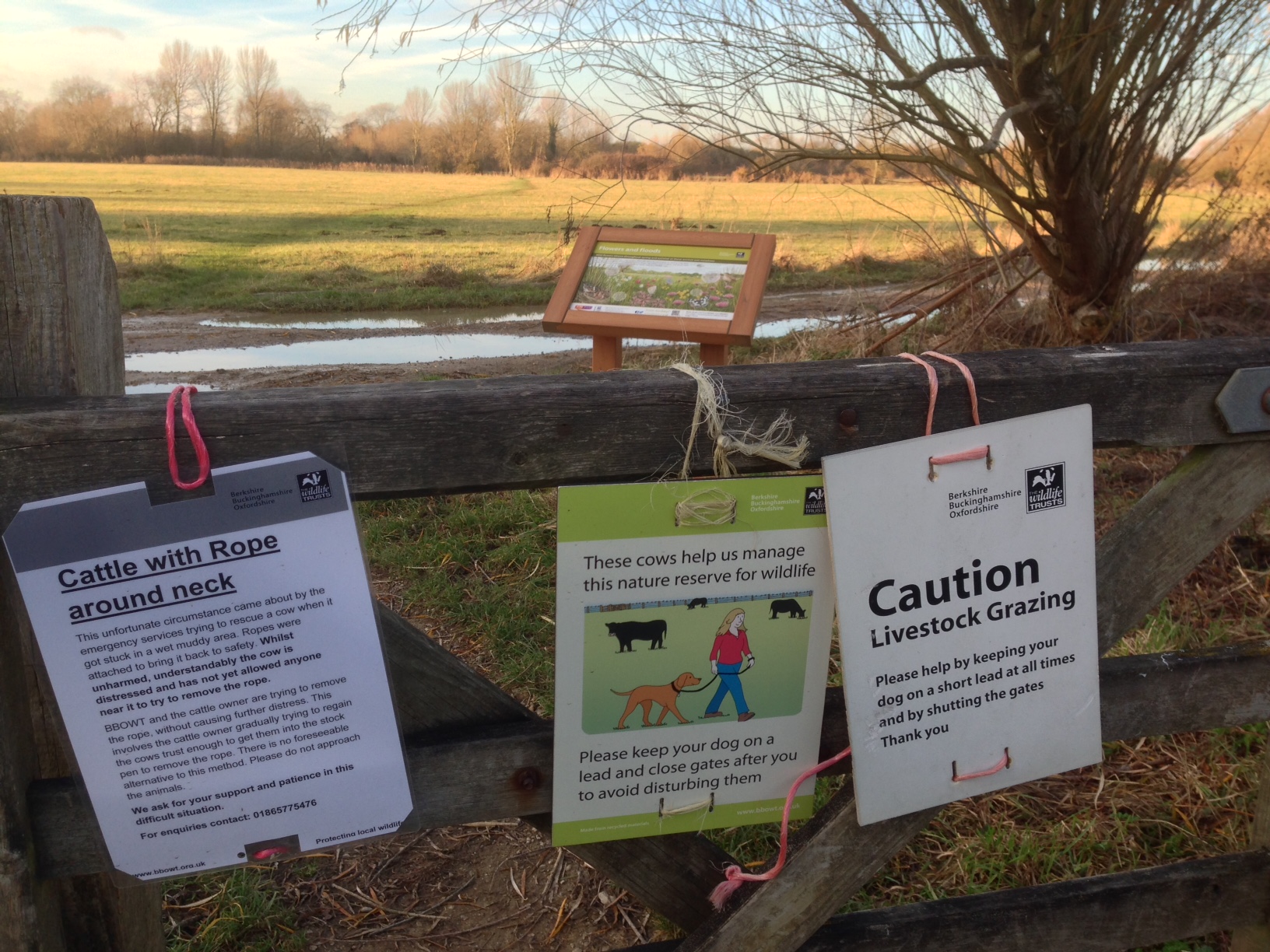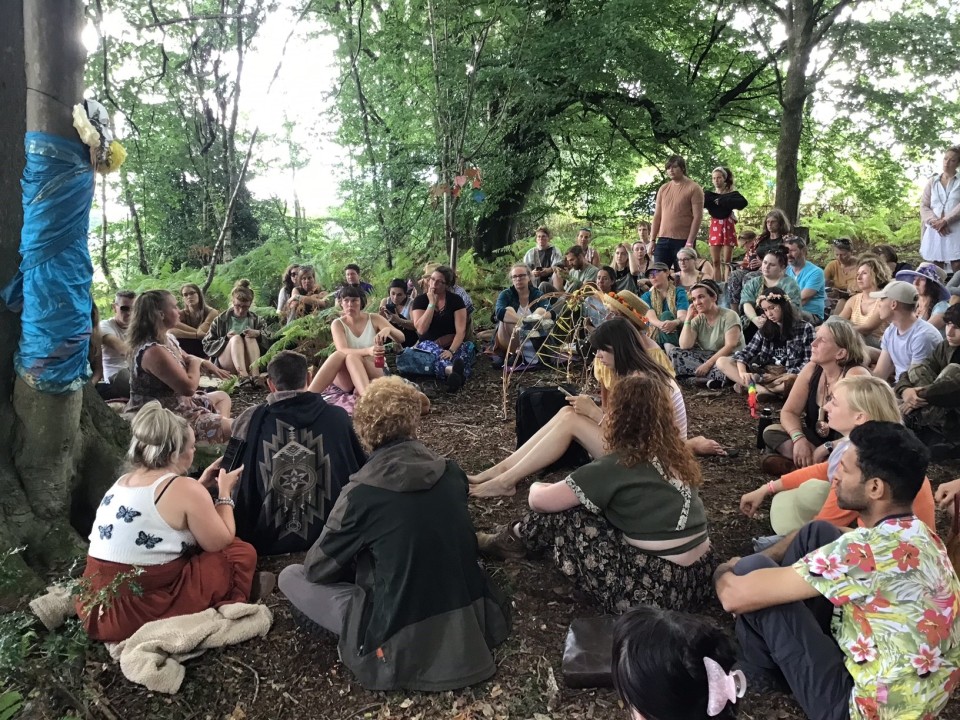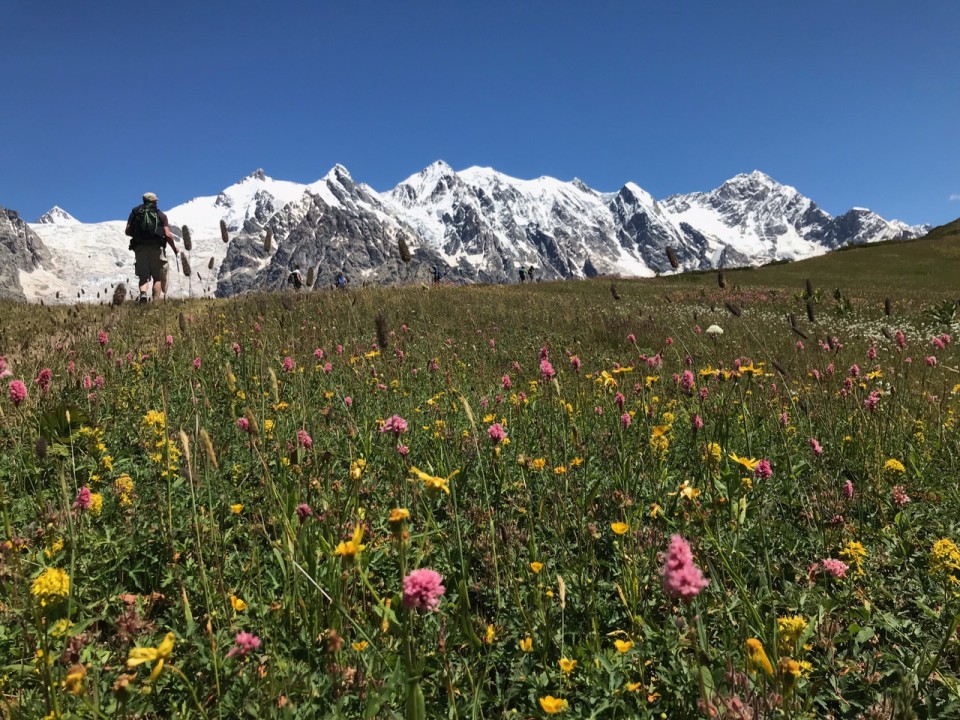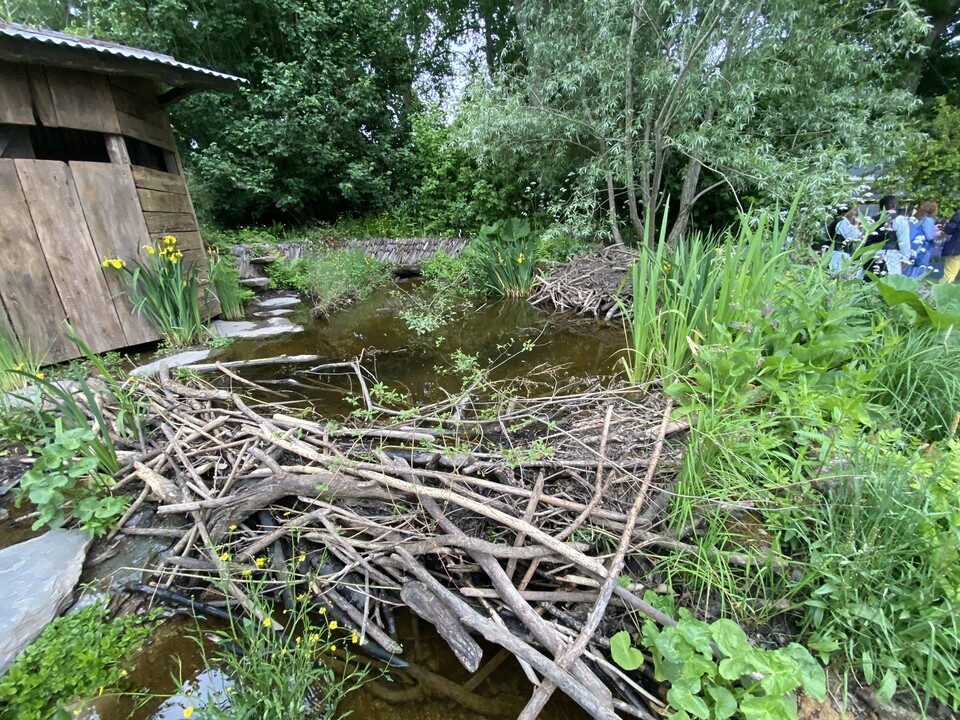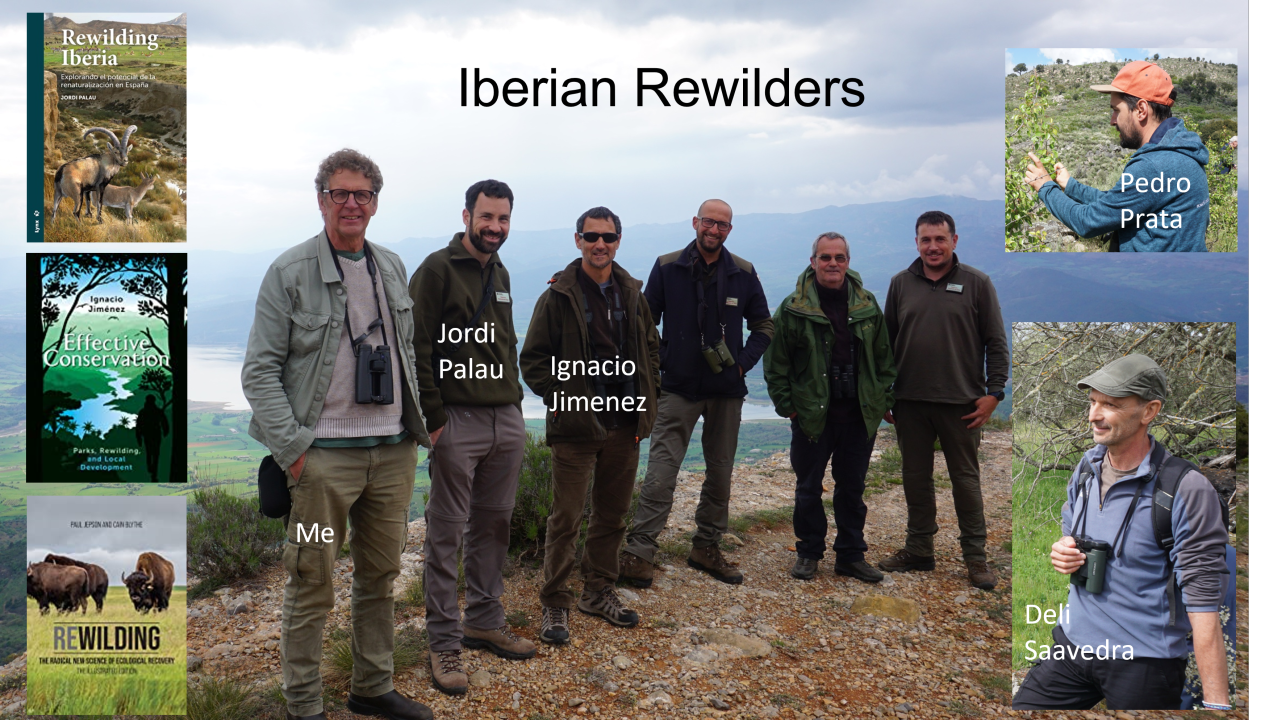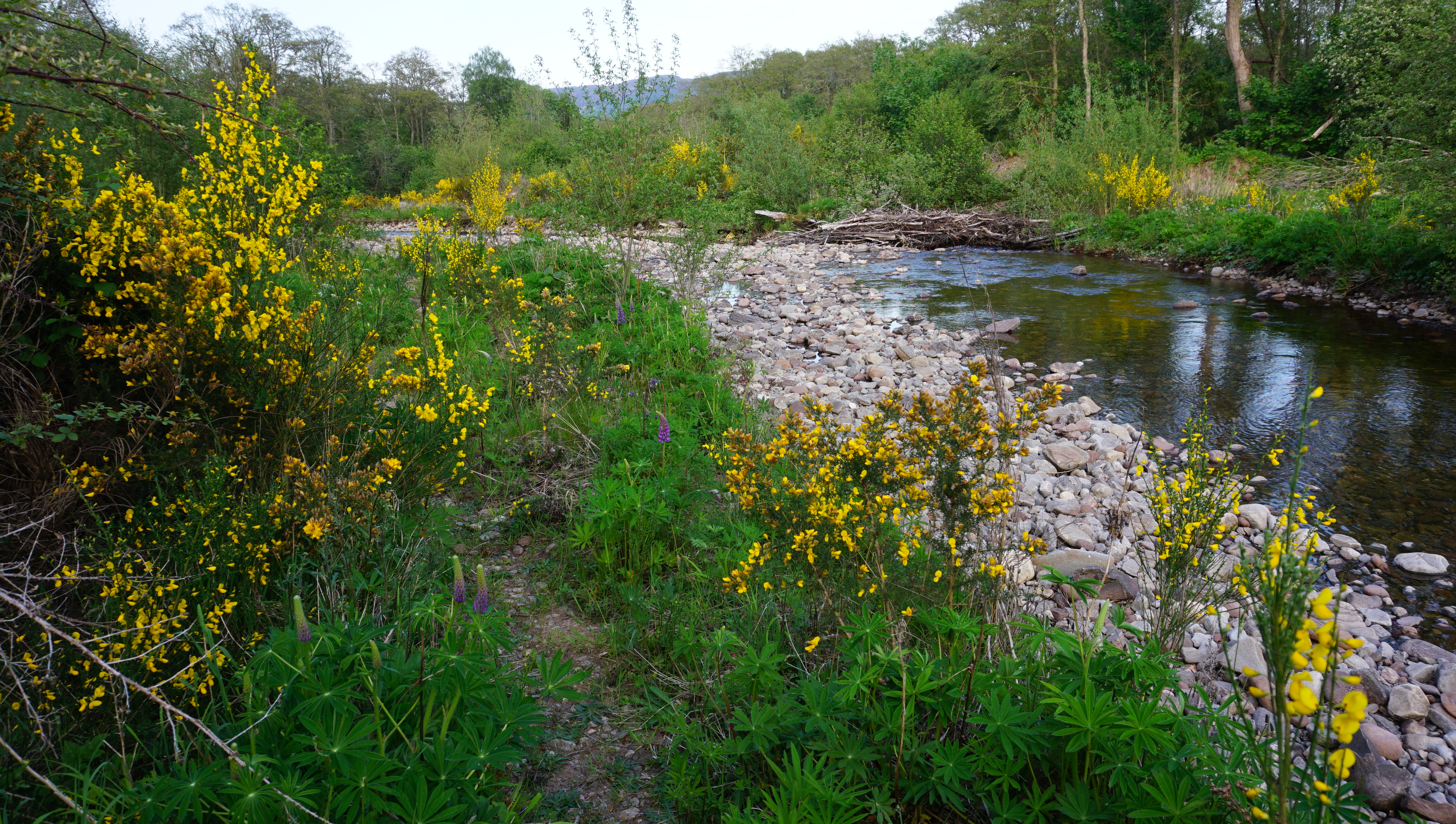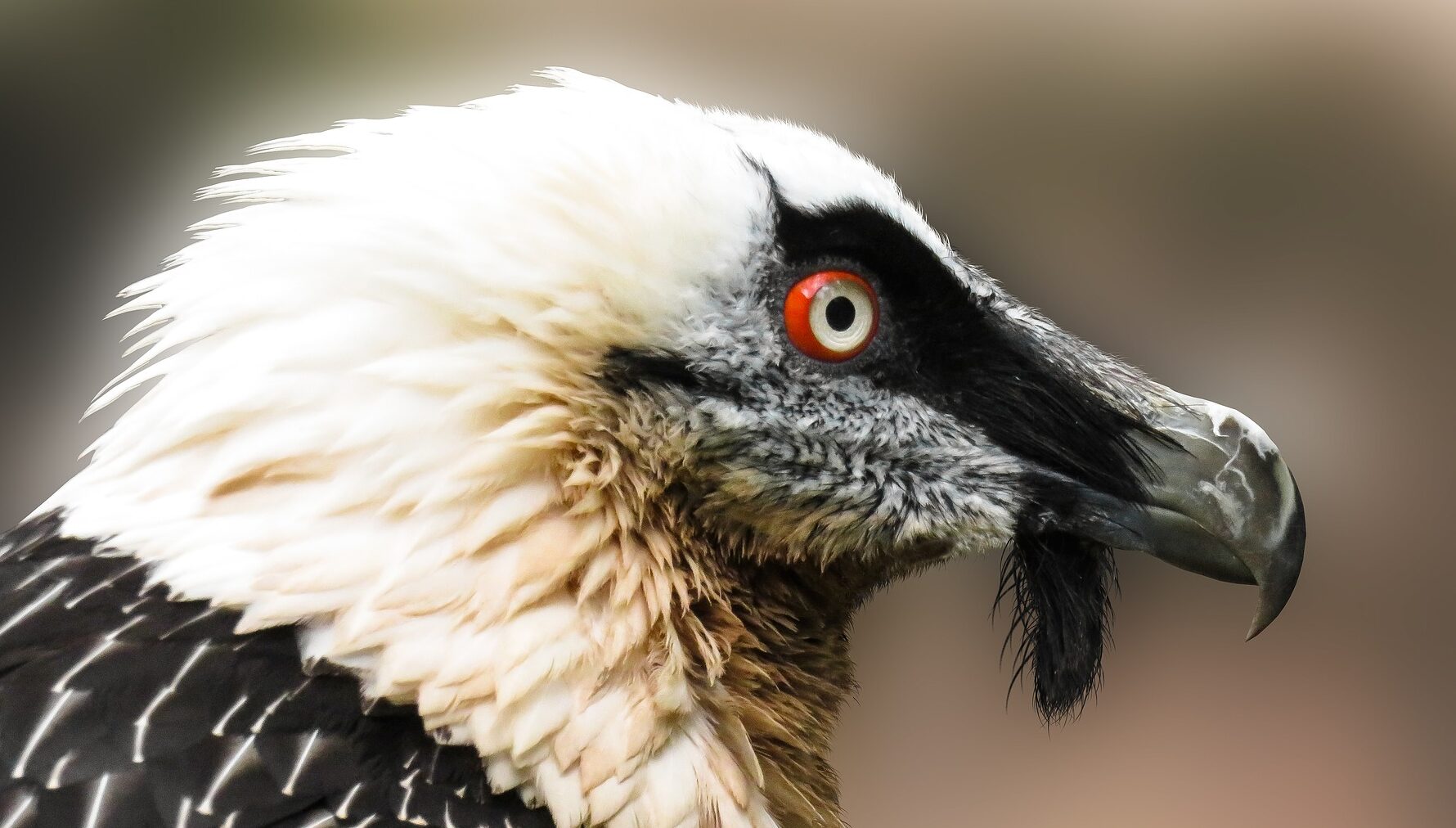On a Saturday afternoon in late November I went for a walk along Iffley meadows in Oxford. The gate to the BBOWT meadow was hung with a sign telling the story of a cow that had gotten stuck in a ditch and was pulled out with a neck rope. Those entering the field were asked not to approach the traumatised herbivore.
I was in the midst of preparing a lecture on rewilding and in particular taking stock of developments in ecological theory that argue for the restoration of large animal guilds.
If Iffley meadows had been a rewilded area the unfortunate cow would have likely succumbed and its corpse would have become a highly localised and rich source of nutrients at the onset of winter.
Had I been in regular birding mode the image of a cow carcass would likely have promoted thoughts of what it might attract – the local red kites, the ravens that occasional cruise over Oxford, and maybe the local stray dogs if we have any.
But on this Saturday I was in theory mode and pondering on concepts of ecospace and biotic expansion. From this perspective a cow’s carcass is not simply a food source, rather it is a place of multiple temporary niches. The metabolic and other processes of decomposition involve and support multiple life forms: from bacteria to maggots, to beetles and foxes. Some of these organisms flourish and multiplie within the carcass: others feed on it and conduit nutrients into the wider ecosystem.
It is not hard to see how large animal carcasses expand the range of niches and hence the biodiversity of an ecosystem and how their absence contributes to ‘trophic down-grading’.
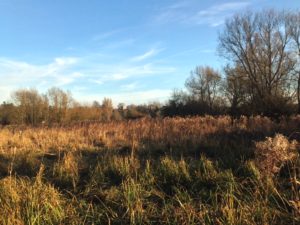
The meadows atI Iffley. Lovely, but satic and short on ecospace. Photo: P Jepson
Across Europe there is a rise of naturalistic grazing in our reserves: deploying breeds of cattle and horses that create disturbance dynamics with their gazing and pounding. Mangers steer their herds to create ecospaces that support species considered valuable and in place. Allowing some of these large herbivores to die and become additional ecospaces would be illegal and scandalous to many.
We know that carcasses would (re)expand the biotic diversity of our landscapes, but I struggle to imagine a future where European societies would allow this to happen.
For a start there are major ethical and welfare considerations. We only know cattle and horses as animals in our care. Millenia of agriculture and centuries of pet-keeping have condition us to extend compassion and care to animals that we have domesticated and transformed for our use and benefit. This is codified in law. If a cow or horse becomes weak it is the legal responsibility of the owner to feed it better, or call the vet out if its ill.
Next, is the issue of contemporary attitudes to death, decay and decomposition. Modern day perceptions of such processes are mostly negative. The possibility of encountering a smelly, rotten carcass on a Saturday afternoon stroll would be considered distasteful, and maybe even distressing, to most people. Millennia of disease and pestilence have conditioned us to fear the consequences of leaving carcasses of animals that enter our food chain lying around in our landscapes. They are classed a biohazard and the law says they should be removed and destroyed.
Whilst we live comfortably with the values and laws of animal welfare and sanitation other co-inhabitants of our plant loose out. Rodents, boar, vultures, foxes, lynx and myriad other fellow species would experience quite different sensations in relation to a carcass.
My conservation values were forged in the 1970s when the idea was to be a voice for nature – to speak up for non-human species in decision making. I was motivated by the idea that humans have a moral responsiblity to leave spaces for other life-forms to live out natural lives.
But I also care for the welfare of individual animals. I don’t like seeing a cold starving bison or hearing a deer having its life squeezed from it by a python. If I’d been the person encountering the cow in the Iffley meadow ditch I would have been straight on my phone to the relevant authority. But by doing so I would have put my human sensitivities ahead of the needs of other species.
Resolving this conundrum is one of the great societal frontiers for rewilding.
In my view the way to do so is to designate places that are less in our care – what we used to call the wild – and then have the confidence and compassion to allow our domestic species to re-find and re-live their wild identity. This is termed ‘trophic upgrading’: the restoration of historic guilds of large animals and the dynamic ecosystem processes they generate.
In the UK such an agenda would require an amendment to existing nature law to specify a new type of conservation area: an ecosystem restoration (ER) reserve.
I suspect we’d all agree that ecosystem restoration reserves would likely be more acceptable in regions that wider society already considers remote, wild and natural. However if we did go down the ER route, I would argue for a legal designation that allows smaller, more managed ecosystem reserves close to urban areas.
This is because we can never separate society and nature: introducing a ‘new nature’ will throw up all sorts of issues requiring debate and dilberation. Ecosystem restoration is not a technical problem it is something that will require societal learning to achieve. Having places where rewilding is a bit more in the public’s face will ensure the widest possible discussion on principles that should govern rewilding practice.

